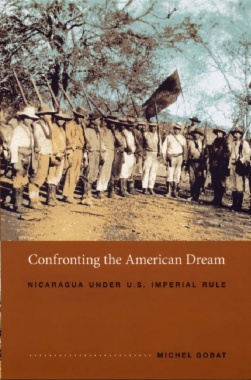Between 1949 and 1997, Hong Kong transformed from a struggling British colonial outpost into a global financial capital. Made in Hong Kong delivers a new narrative of this metamorphosis, revealing Hong Kong both as a critical engine in the expansion and remaking of postwar global capitalism and as the linchpin of Sino-U.S. trade since the 1970s.
Peter E. Hamilton explores the role of an overlooked transnational Chinese elite who fled to Hong Kong amid war and revolution. Despite losing material possessions, these industrialists, bankers, academics, and other professionals retained crucial connections to the United States. They used these relationships to enmesh themselves and Hong Kong with the U.S. through commercial ties and higher education. By the 1960s, Hong Kong had become a manufacturing powerhouse supplying American consumers, and by the 1970s it was the world’s largest sender of foreign students to American colleges and universities. Hong Kong’s reorientation toward U.S. international leadership enabled its transplanted Chinese elites to benefit from expanding American influence in Asia and positioned them to act as shepherds to China’s reengagement with global capitalism. After China’s reforms accelerated under Deng Xiaoping, Hong Kong became a crucial node for China’s export-driven development, connecting Chinese labor with the U.S. market.
Analyzing untapped archival sources from around the world, this book demonstrates why we cannot understand postwar globalization, China’s economic rise, or today’s Sino-U.S. trade relationship without centering Hong Kong.
- Contents
- Illustrations
- Tables
- Acknowledgments
- Introduction
- Part I . Manifest Destinies, 1849–1910
- 1. Americanization through Violence: Nicaragua under Walker
- 2. Americanization from Within: Forging a Cosmopolitan Nationality
- Part II . Restoration, 1910–1912
- 3. Challenging Imperial Exclusions: Nicaragua under the Dawson Pact
- 4. Bourgeois Revolution Denied: U.S. Military Intervention in the Civil War of 1912
- Part III . Dollar Diplomacy, 1912–1927
- 5. Economic Nationalism: Resisting Wall Street’s ‘‘Feudal’’ Regime
- 6. Anxious Landlords, Resilient Peasants: Dollar Diplomacy’s Socioeconomic Impact
- 7. Cultural Anti-Americanism: The Caballeros Católicos’ Crusade against U.S. Missionaries, the ‘‘Modern Woman,’’ and the ‘‘Bourgeois Spirit’’
- Part IV . Revolution, 1927–1933
- 8. Militarization via Democratization: The U.S. Attack on Caudillismo andthe Rise of Authoritarian Corporatism
- 9. Revolutionary Nationalism: Elite Conservatives, Sandino, and the Struggle for a De-Americanized Nicaragua
- Epilogue . Imperial Legacies: Dictatorship and Revolution
- Notes
- Selected Bibliography
- Index

